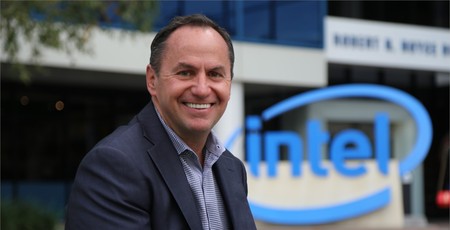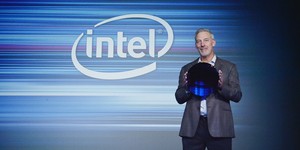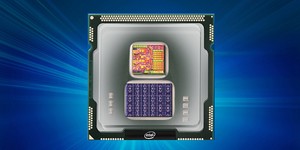
Intel's revenue and net income for the second quarter of its 2019 financial year are both down, but chief executive Bob Swan has increased the company's full-year outlook on the back of growth in the company's PC and server business units.
That Intel's second-quarter revenue shrunk by three percent and its net income 17 percent year-on-year should come as a pleasant surprise to its investors: Although shrinkage, rather than growth, is rarely a good thing in financial circles, the company had previously projected a bigger drop - and its better-than-expected performance is down, chief executive Bob Swan claims, to high demand for high performance. 'Second quarter results exceeded our expectations on both revenue and earnings, as the growth of data and compute-intensive applications are driving customer demand for higher performance products in both our PC-centric and data-centric businesses,' Swan claims of the results. 'Based on our outperformance in the quarter, we’re raising our full-year guidance. Intel’s ambitions are as big as ever, our collection of assets is unrivalled, and our transformation continues.'
The results, which do not include the proceeds from the deal to sell its shuttered smartphone modem business to Apple for £800 million, showed the company's mainstream PC business outperforming its data centre division: Where the company's Data Centre Group saw its revenue decline 10 percent to $5 billion, the Client Computing Group managed a meagre one percent growth to $8.8 billion - as always representing the majority of Intel's income.
In Intel's smaller business units, which are grouped under the 'data centric' umbrella, the two key areas of growth were its Mobileye computer vision and Internet of Things (IoT) business units, which grew 16 percent and 12 percent respectively - though at just over a billion dollars combined revenue, it'll be some time before they represent a big slice of Intel's revenue pie. The company's memory arm, meanwhile, dropped a concerning 13 percent for the quarter, while its programmable solutions group - which includes the company's field-programmable gate array (FPGA) products - fell five percent.
Despite these losses, the results were promising enough for Intel to slap an additional $500 million onto its full-year guidance, on top of the $500 million it expects to net from the sale of its smartphone modem business to Apple. Investors certainly seem impressed: After closing down 1.44 percent, Intel's share price rocketed up 5.43 percent in after-hours trading following the publication of the results and news of the deal with Apple.

MSI MPG Velox 100R Chassis Review
October 14 2021 | 15:04








Want to comment? Please log in.